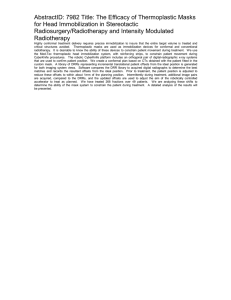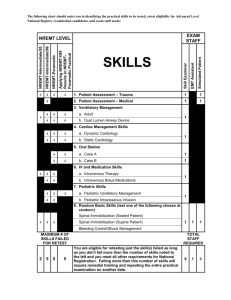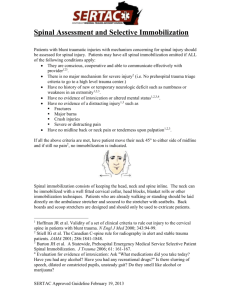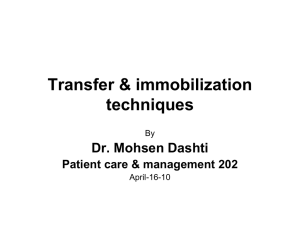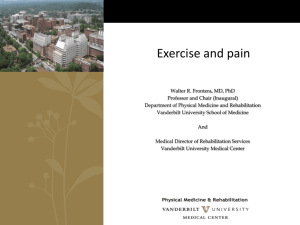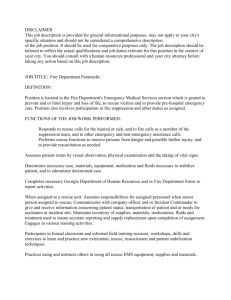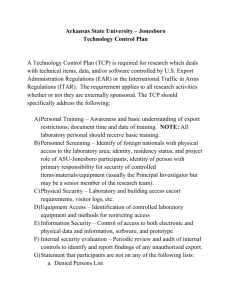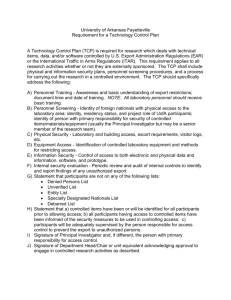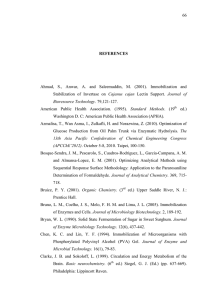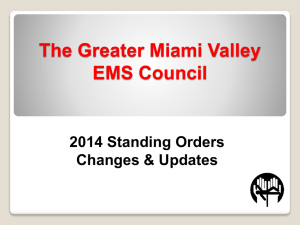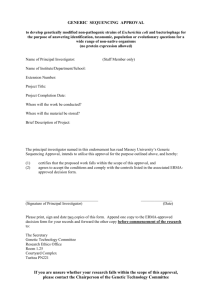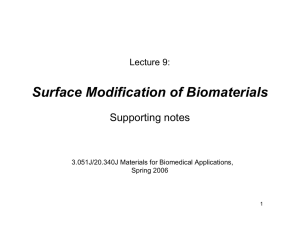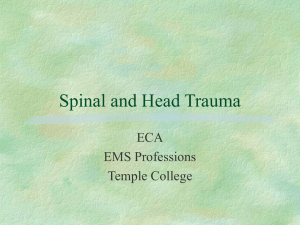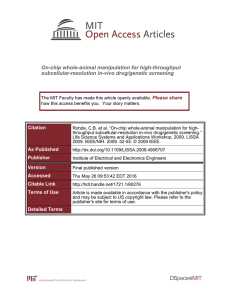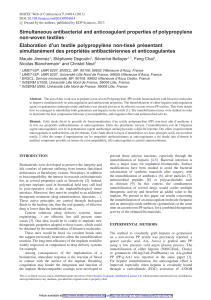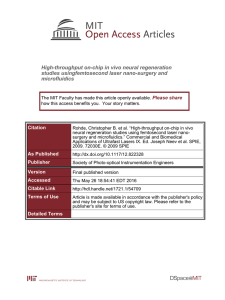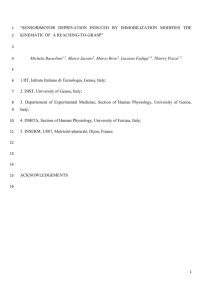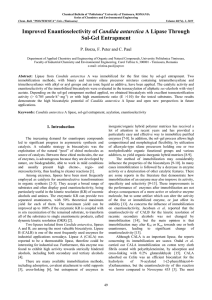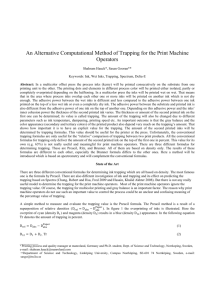CICRA/Los Amigos Animal Handling Form
advertisement
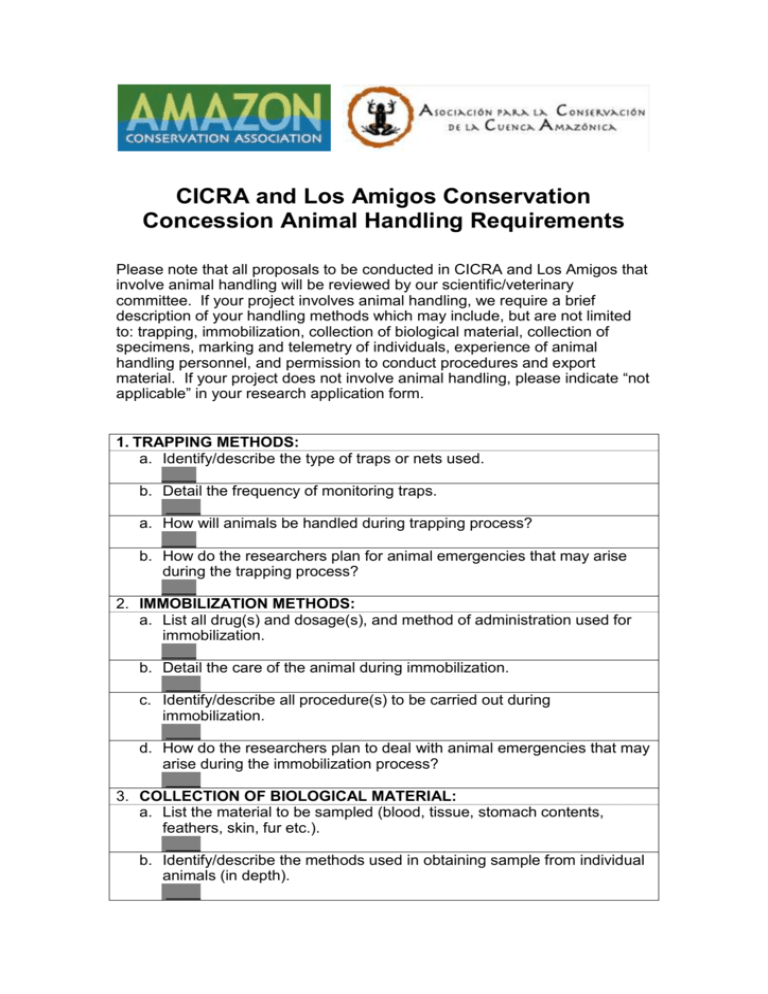
CICRA and Los Amigos Conservation Concession Animal Handling Requirements Please note that all proposals to be conducted in CICRA and Los Amigos that involve animal handling will be reviewed by our scientific/veterinary committee. If your project involves animal handling, we require a brief description of your handling methods which may include, but are not limited to: trapping, immobilization, collection of biological material, collection of specimens, marking and telemetry of individuals, experience of animal handling personnel, and permission to conduct procedures and export material. If your project does not involve animal handling, please indicate “not applicable” in your research application form. 1. TRAPPING METHODS: a. Identify/describe the type of traps or nets used. ____ b. Detail the frequency of monitoring traps. ____ a. How will animals be handled during trapping process? ____ b. How do the researchers plan for animal emergencies that may arise during the trapping process? ____ 2. IMMOBILIZATION METHODS: a. List all drug(s) and dosage(s), and method of administration used for immobilization. ____ b. Detail the care of the animal during immobilization. ____ c. Identify/describe all procedure(s) to be carried out during immobilization. ____ d. How do the researchers plan to deal with animal emergencies that may arise during the immobilization process? ____ 3. COLLECTION OF BIOLOGICAL MATERIAL: a. List the material to be sampled (blood, tissue, stomach contents, feathers, skin, fur etc.). ____ b. Identify/describe the methods used in obtaining sample from individual animals (in depth). ____ c. Identify the method of preservation of samples (brief). ____ d. Identify the methods of analysis of sample (brief) ____ 4. COLLECTION OF SPECIMENS: a. Are there limits set on the number of individuals of each species, which would be euthanized? ____ b. Identify the methods that will be used to euthanize specimens for collections or during emergencies. ____ c. What is the intended destination of the collection (museum, university, etc.)? Identify the institutions. ____ 5. MARKING AND TELEMETRY OF INDIVIDUALS: a. Identify/describe marking. ____ b. Identify/describe banding or tagging. ____ c. Identify/describe radio-telemetry devices. ___ _ 6. *EXPERIENCE OF ANIMAL HANDLING PERSONNEL: Please describe the experience and qualifications of the personnel who will be performing the above procedures. ____ 7. *PERMISSION TO CONDUCT ANIMAL PROCEDURES AND EXPORT BIOLOGICAL MATERIAL: The investigator must obtain permission to carry out research and export biological material from the appropriate authorities (DGFFS). Identify expedient number and send a copy to the research coordinator. ____ 8. *ANIMAL AND HUMAN INFECTIOUS DISEASE SAFETY a. How will the investigator ensure that human and animal diseases will not be transmitted to and among study animals being handled? ____ b. How will the investigator protect project participants from contracting infectious diseases from animals? ____ *Note: Items 6, 7, and 8 MUST be included for all projects that come into contact with animals. Appendix 1. Please list all species that will be captured/marked.

